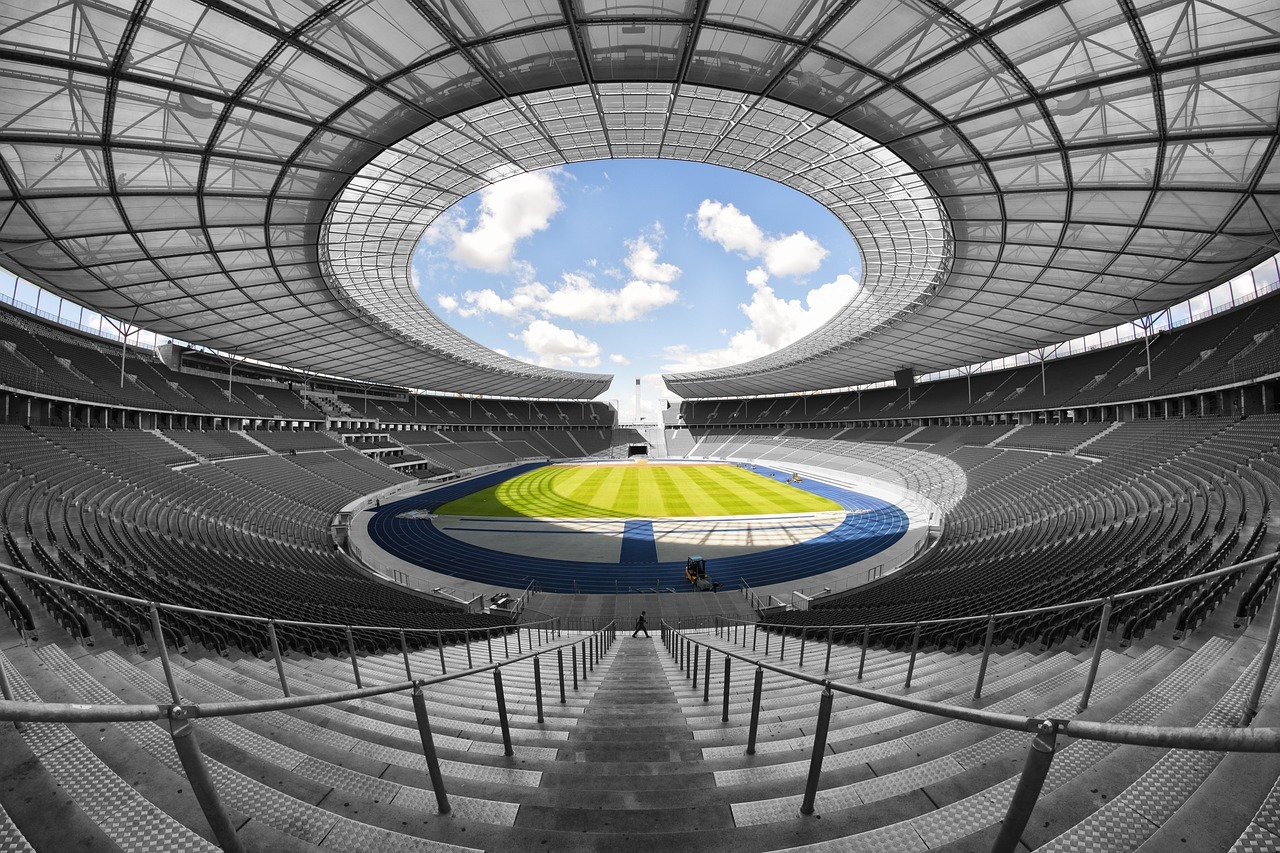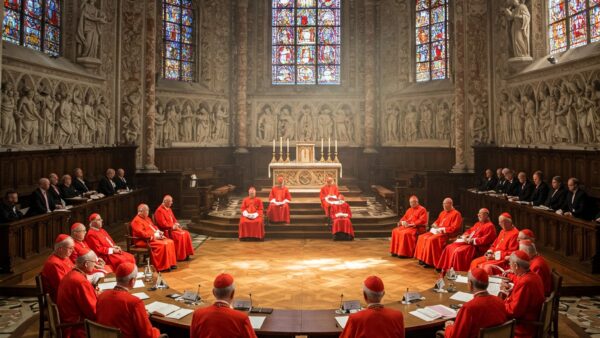Stadiums Changed Throughout History
It’s easy to say stadium. Known already by the ancient Greeks, originally it was a very different place from what we know today.
Olympia, summer of 548 BC, fifty-eighth edition of the Games. Thousands of spectators crowded the stands of the stadium. Suddenly some of those present get up, making space around an elderly man who was dying. The unfortunate man was Thales, a famous mathematician and philosopher. Right at that moment the winner of the race crossed the finish line.
So, while a new hero of sport was born, a “pillar” of Greek civilization died. Cause: a deadly heatstroke. Heatstrokes could not have been rare in the stadiums of ancient Greece. Both because the stands were not covered, and because during the races the spectators had to stand bareheaded, as a sign of respect.
IN HONOR OF THE GODS. Indeed, the ancient games were first and foremost a religious event, which only later became sporting. This is proved precisely by the stadium of Olympia, the first in history, built in the sacred area of the city (called altis), surrounded by gyms and accommodation for athletes, but also by temples, including that of Zeus, the lord of the gods to whom the Olympics were dedicated.
FULL BELLIES AND GAMES. In Rome, stadiums could also be temporary: the rare athletics competitions were held for example in small wooden stadiums, erected for the occasion and dismantled immediately afterwards. Only two are remembered, the first erected by Julius Caesar in 46 BC and the other wanted by Augustus in the 1st century AD.
Then Emperor Domitian arrived, who in 86 AD built the only real stadium of antiquity outside Greece, which differed from circuses and arenas (like the Colosseum) due to the lack of the “spina” (the dividing wall around which the horses ran) and for its relatively small dimensions (265 by 106 meters, with stands able to hold “just” 30,000 spectators). But the real soul of Rome continued to express itself in the fights of the gladiators and in the games of the arenas.
END OF THE EMPIRE (AND SPORT). The instability of the 4th century, with the Roman Empire in disintegration, also had sports reflections. Theodosius, in 392, outlawed pagan cults and with them the Olympic games, which ended up in storage for 15 centuries. It was only in the eighteenth century that sport re-flowered.
At first, the ideals of ancient athletics were recovered. Then, in the 800s, an impulse for the formation of modern sport came from the English school environments. For example, the Anglican priest Thomas Arnold invented team games for the disadvantaged boys of his college. And his ideas also positively influenced Baron Pierre de Coubertin, the father of the modern Olympics.
PERFECTED. From then on, stadiums experienced a new rebirth. It was precisely to hold the first edition of the Olympics that, in 1896 in Athens, the Kallimarmaro was born, the “daddy” of today’s stadiums. It was followed by the White City Stadium (1906), with an ellipsoidal shape, capable of hosting 150,000 spectators and equipped with a rudimentary covered stand, the first in history.
During the 20th century, stadiums further evolved so that the Allianz Arena in Munich of 2006 struck the imagination of all with walls displaying cushions of fluorescent gas that changed color.
Yet the future seems to hold even more sensational surprises: the Arabs of Qatar for the 2022 World Cup football have in fact designed real architectural masterpieces. Sports cathedrals conceived with the aim of respecting the environment (for example, they have sophisticated air conditioning systems with contained emissions) and with a decisively pharaonic imposingness.

Originally posted 2023-11-25 10:20:27.




